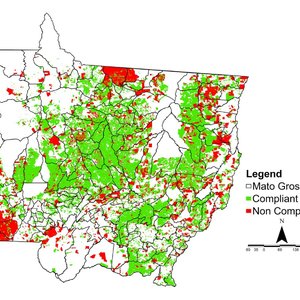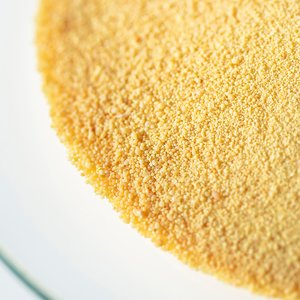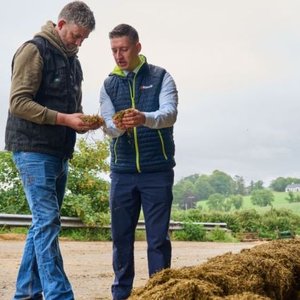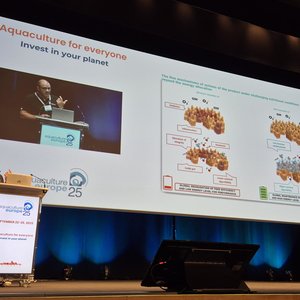Confirming what commercial partners and animal nutritionists have known for decades, Novus is continuing to harness the full value of the HMTBa molecule in several species. The growth in demand for the HMTBa molecule is nearly half of the global methionine market. A boost in demand for HMTBa, in both liquid and dry forms, is a result of targeted market expansion beyond poultry into diet formulations for other species, including aquaculture.
As corn and soy feed ingredients have experienced increased price volatility, the cost savings associated with maximizing the use of methionine activity in animals’ diets have increased. Nutrition experts seeking to improve feed efficiency and reduce feed cost routinely turn to HMTBa as their solution.
“2011 was a record year for global Novus production of HMTBa due to the growing demand. We have experienced growth in all of the animal segments globally, expanding beyond the initial poultry markets, which is a testament to the versatility of this molecule,” commented Dan Meagher, Global Animal Nutrition Solutions President at Novus.
Since the first sale of ALIMET in 1979, researchers have sought to understand the total value of HMTBa. The knowledge gained over the past three decades in the area of bioavailability and strength of the HMTBa molecule in this area have contributed to the success of the Novus-branded methionine solutions.
Chris Knight, Vice President of Research at Novus explained, “Over the years, concerns have been expressed that conversion of the HMTBa molecule to methionine was less efficient than other sources. However, after more than three decades of commercial application, scientific scrutiny and industry review we have learned that the molecule is 100 percent bioavailable. We have a continued, growing confidence in the molecule, our products and their ability to produce positive results in commercial applications, that is reflected by our global customers as their use of Novus methionine solutions continues to grow.”
HMTBa is a naturally-occurring methionine precursor, and has been found in yeast, plants, chickens and other organisms. The fact that HMTBa is a naturally-occurring precursor to L-methionine helps explain why Novus methionine solutions are such good methionine sources for livestock and companion animals. The conversion process from HMTBa to L-methionine is a natural process in the animal that doesn’t require extra energy to complete. In commercial conditions, the unique HMTBa molecule provides competitive advantages over DL-Methionine (DLM), such as animals’ improved performance during times of heat stress, health benefits of an organic acid and reduced environmental impact through reduced nitrogen excretion.
These benefits to poultry diets have been long-supported by industry and academia. Benefits extend to aquaculture applications as well. HMTBa has helped nutritionists improve diets by using more sophisticated amino acid formulation. “Just four years ago Novus entered the aquaculture market, and we’re already excelling in this sector,” reports Francisco Gomes, Executive Manager of the Novus Aquaculture Business Unit. “We expect to grow with this segment through targeted nutrition and health applications.”










